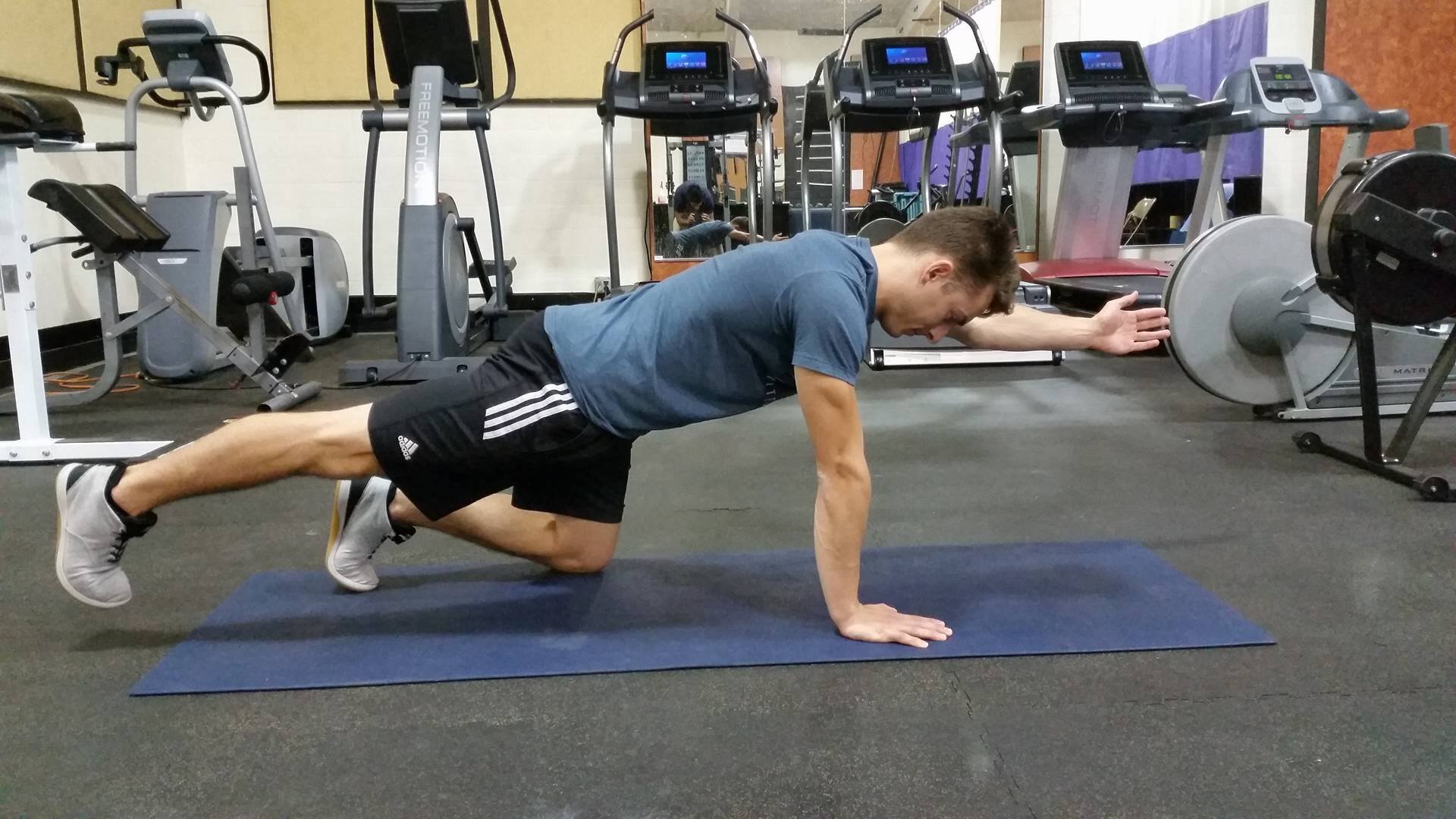Core Training: ditching the sit-ups for a stronger core and improved performance.
Here is the same routine that I use with my clients and in my own training to maximize your core strength (and build the aesthetics along with it).
Gone are the days of the sit-ups.
(TOO LONG TO READ? Skip to the good part at the bottom of this post. Fill out the info below to download the Core Training Circuit)
In modern core training, we focus more on RESISTING movement, than creating it. This may seem counter-intuitive at first, but hear me out. Most of the muscles in the body that we are most familiar with function to create movement. This would include the biceps, lats, quads, and hamstrings, etc. However, the only way they can DO that is if they have a stable base to pull from. THIS is the function of the core. There are a few analogies we can use to make this clear. First is the canoe vs battleship analogy. Imagine trying to fire a cannon from a canoe. What would happen? It doesn’t take a physicist to guess that someone is going in the water, and it probably is not your target. Fire that same cannon from a battleship? We have a different outcome.
Which one of the following do you think is more stable?
The reason is that the battleship has enough of a stable base to avoid being thrown around by the force generated by the cannon itself.
Extrapolate that to the body? How are you going to fire off your legs or arms if they're attached to a wet-noodle of a core? Still possible, but imagine how much power list lost there. Even if you managed to avoid capsizing, do you think the cannon will even reach its’ target? And if it does, what kind of punch is it ultimately packing when it gets there? More like a light touch than a swift and powerful impact.
All of this is to say: we want to train the core to stay stable as we move our extremities (arms and legs) if we want to create force, power, and speed. I use the exercises below in two ways: first as a circuit (usually after my main workout, see the attached PDF) and second as their own exercise within a set.
All of the instructions below are how to use these exercises as a stand-alone exercise in your training. Alternatively, enter your email below and I will send you my Core Training Circuit that I use to finish off my sessions (and getting a wicked burn, to boot).
1. Quadruped (aka Bird Dog)
STEPS:
i. Start with your shoulders stacked above your hands and hips stacked above your knees.
ii. Brace.
iii. Move one limb at a time away from the ground and your torso. Focus on 'reaching' instead of 'lifting.'
iv. Replace the limb beneath you without breaking form.
v. You can make the exercise harder by raising an arm and the opposite leg or adding movement at the outstretched position (e.g. draw the alphabet with your big toe).
REPS/SETS: I most often perform this exercise as follows: hold for 10-sec then rest for 2-sec and repeat until you have reached 80% of your perceived maximum. Repeat on the opposite side. As you become stronger you will be able to perform more repetitions before reaching fatigue.
2. Side Bridge/Plank
i. Start laying on your side, supported on your elbow with your knees stacked.
ii. Lift your hip off the ground and press your hips forward until you have a straight line all the way from your shoulder to your knees.
iii. Lower your hips back down to the starting position.
iv. You can made the exercise harder by performing from your feet (split stance, top foot in front of the bottom).
REPS/SETS: I most often perform this exercise as follows: hold for 10-sec then rest for 2-sec and repeat until you have reached 80% of your perceived maximum. Repeat on the opposite side. As you become stronger you will be able to perform more repetitions before reaching fatigue.
3. Curl Up
STEPS
i. Lay on your back with your hands placed, palm down, under your low back. Keep one leg fully extended while the other is bent with your heel close to your glutes (i.e. butt cheek).
ii. Brace, press your tongue to the roof of your mouth and tuck your chin slightly.
iii. Raise off the ground until your shoulders start to leave the floor. DO NOT curl up into a full crunch.
REPS/SETS: I most often perform this exercise as follows: hold for 10-sec then rest for 2-sec and repeat until you have reached 80% of your perceived maximum. Repeat on the opposite side. As you become stronger you will be able to perform more repetitions before reaching fatigue.
But Mark… What about the police fitness exam???
There are two exceptions to my ‘No Sit Ups’ rule:
Training for the Police or Military fitness entrance test, which still use the Sit Up as a test
Jiu Jitsu Athletes (there are special requirements in Jiu Jitsu that require you to be able to perform active flexion of the low back).
HOWEVER. This is does not mean you need to be doing sit ups every day. IF you are training for the Police or Military fitness tests, I recommend training Sit Ups at MOST once every two weeks. The exercises above WILL improve your ability to perform sit ups. (The jiu jitsu conversation is for a another time).





